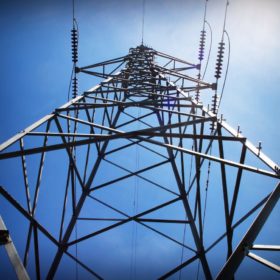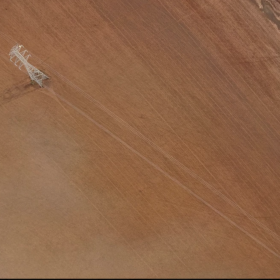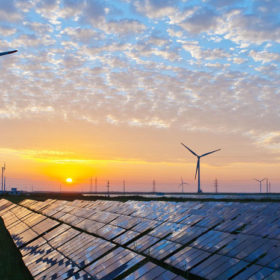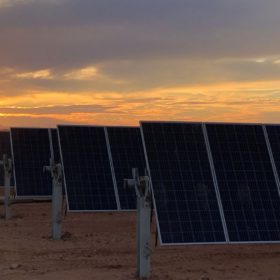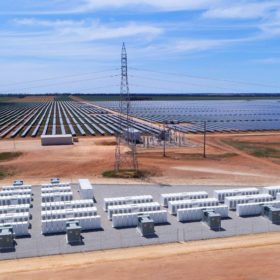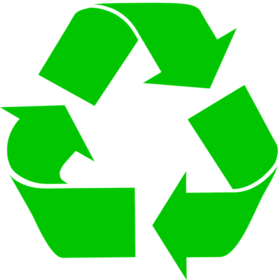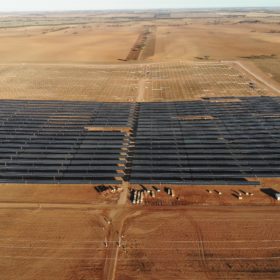AEMO: Australia will need 15 GW of utility-scale storage by early 2040s
Increased storage and strategic transmission development will be needed to ensure the lowest cost and risk transition of Australia’s energy system, the Australian Energy Market Operator states in its latest study. In 20 years time, the need for storage will be at a scale not seen before in the NEM, and both pumped hydro storage and distributed storage are set to play major roles in lowering wholesale electricity prices and building a reliable and resilient power system.
South Australia gives 500 MW solar farm coupled with 250 MW battery go-ahead
One of Australia’s largest utility-scale solar arrays and the biggest energy storage facilities was given a tick of approval.
4 GW Walcha project moves forward, massive solar+battery component seeks approval
Walcha Energy – a joint venture between Australian developers Energy Estate and Mirus Wind – has lodged the scoping report with the NSW planning authorities for a 700 MW solar farm, a 100MW/150MWh battery and its plans for a renewable energy hub at Uralla.
Australia’s massive contribution to global PV, battery uptake blemished by grid woes
Last year, Australia shattered all records in terms of investment in renewables and capacity additions, but a range of concerns for solar PV developers, including network constraints, delays and grid connection issues, are looming over the nation’s clean energy sector, according to an annual overview drafted by global policy network REN21.
India and Australia could strike first lithium deal
Mining company Neometals and Manikaran Power have started a jointly funded study into the feasibility of establishing India’s first lithium refinery, which would process ore from the Mount Marion mine in Western Australia.
Australia’s largest battery retrofitted to solar farm officially opens
The 25 MW / 50 MWh Tesla battery collocated with the 60 MW Gannawarra Solar Farm has been officially opened.
Renewables still setting strong pace in South Australia
The April shelving of a major solar thermal plant has done little to slow the pace of renewable energy projects being proposed in South Australia.
LG Chem partners with Envirostream for battery recycling in Australia
The South Korean battery manufacturer has joined forces with Victorian recycler Envirostream to develop processing solutions and reduce battery waste stream in Australia.
Total Eren secures finance for Victoria’s biggest solar farm
The French renewables giant has reached financial close for the 256.5 MW Kiamal Solar Farm with the support of a group of Australian and European financial institutions. Additionally, Australia’s green bank Clean Energy Finance Corporation entered the project by taking a minority equity stake.
Vena Energy cuts ribbon on 95 MW Tailem Bend Solar Farm
The Singapore-based developer plans to build another stage of the solar project similar in size and add a grid-scale battery.
